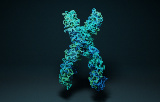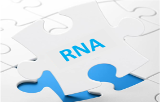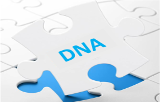Cell Data Sciences
 |
||
The company's mission is to enable the use of advanced molecular analysis techniques on challenging biological samples, and to enhance the recovery of critical genetic and genomic data for basic science and personalized medicine. Powered by proprietary CAT5 technology, the RNAstorm extraction kit enhances the removal of formaldehyde-induced damage and provides RNA with higher yield and quality, better integrity, and greater amplifiability. The RNAstorm kit is the best solution for RNA-seq, qPCR, microarray or other gene expression analysis.
Website : www.celldatasci.com
| ||

Nucleic acids extraction
Nucleic acid extraction methods are essential to molecular biology and are commonly used in many medical and biological science applications.
Nucleic acid extraction can be divided into 3 steps, which can be optimized according to the type of sample and the downstream applications for which the nucleic acids will be used. These steps are as follows:
1) Rupture of tissue and cell structures
2) Removal of proteins, lipids and other contaminants from nucleic acids
3) Transfer the nucleic acids to water or a buffer solution that will preserve them without interfering with subsequent work.
Nucleic acid extraction methods can be classified into two different types :
- Solution methods (such as the phenol-chloroform method)
- Methods based on the solid phase (such as magnetic beads or centrifugation columns).
Solid-phase extraction methods work by causing nucleic acids to bind to solid supports, such as magnetic beads coated with silica or other materials. The beads (or other supports) are then washed with alcohol to remove contaminants. The support is then washed with a liquid that makes the nucleic acids soluble again, which releases the DNA from the support in a process known as elution. A simple method is to add a solution containing a chaotrope to the crude nucleic acid extract. Chaotropic agents are molecules that disrupt the hydrogen bonding network between water molecules. In the presence of chaotropes, nucleic acids are previously much less soluble and bind to glass, silica-covered magnetic beads and other solid supports - allowing them to be easily separated from contaminants. Solid-phase extraction methods may also depend on selective binding of DNA and RNA to ion exchange resins or other chemicals.



